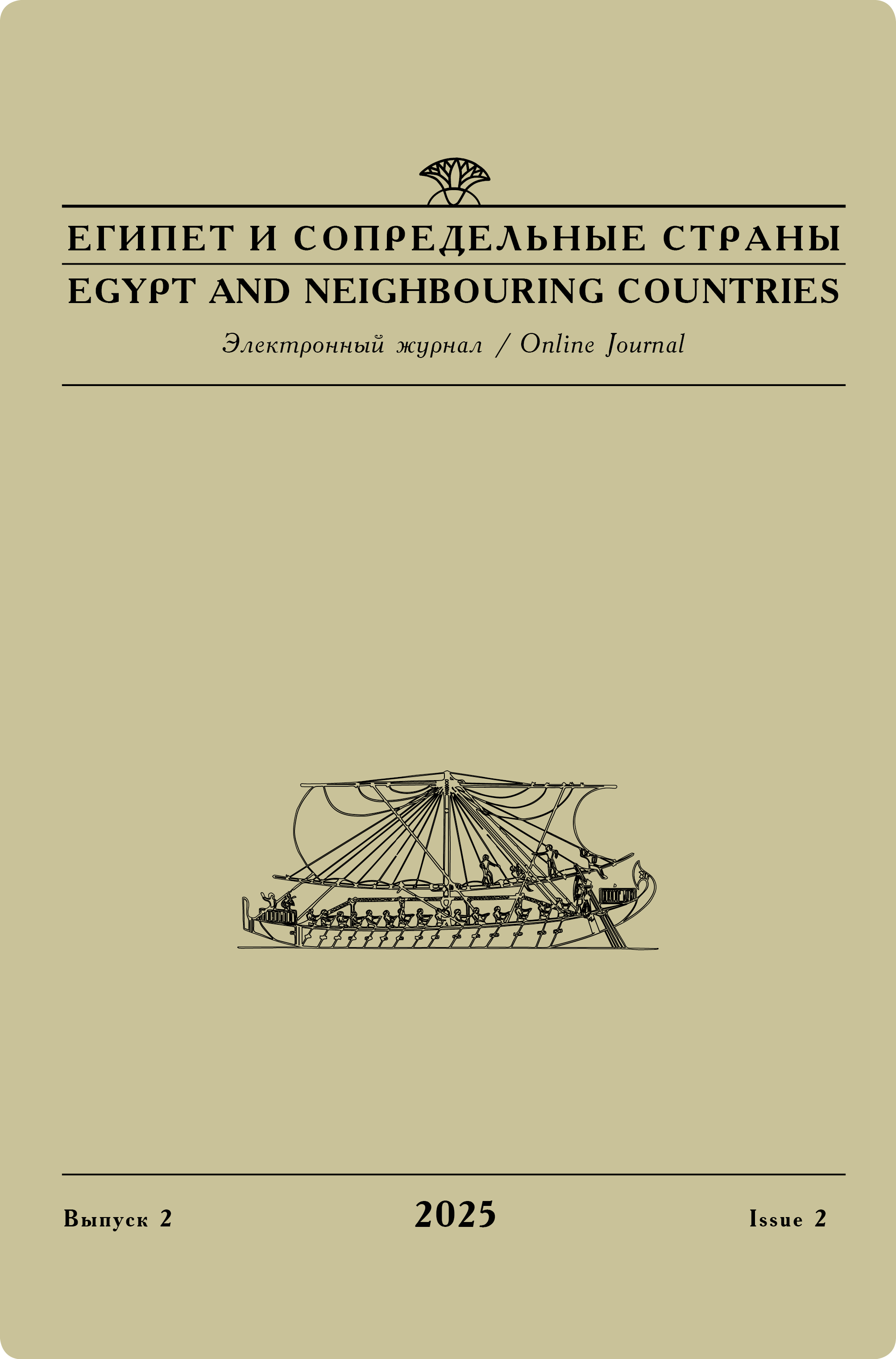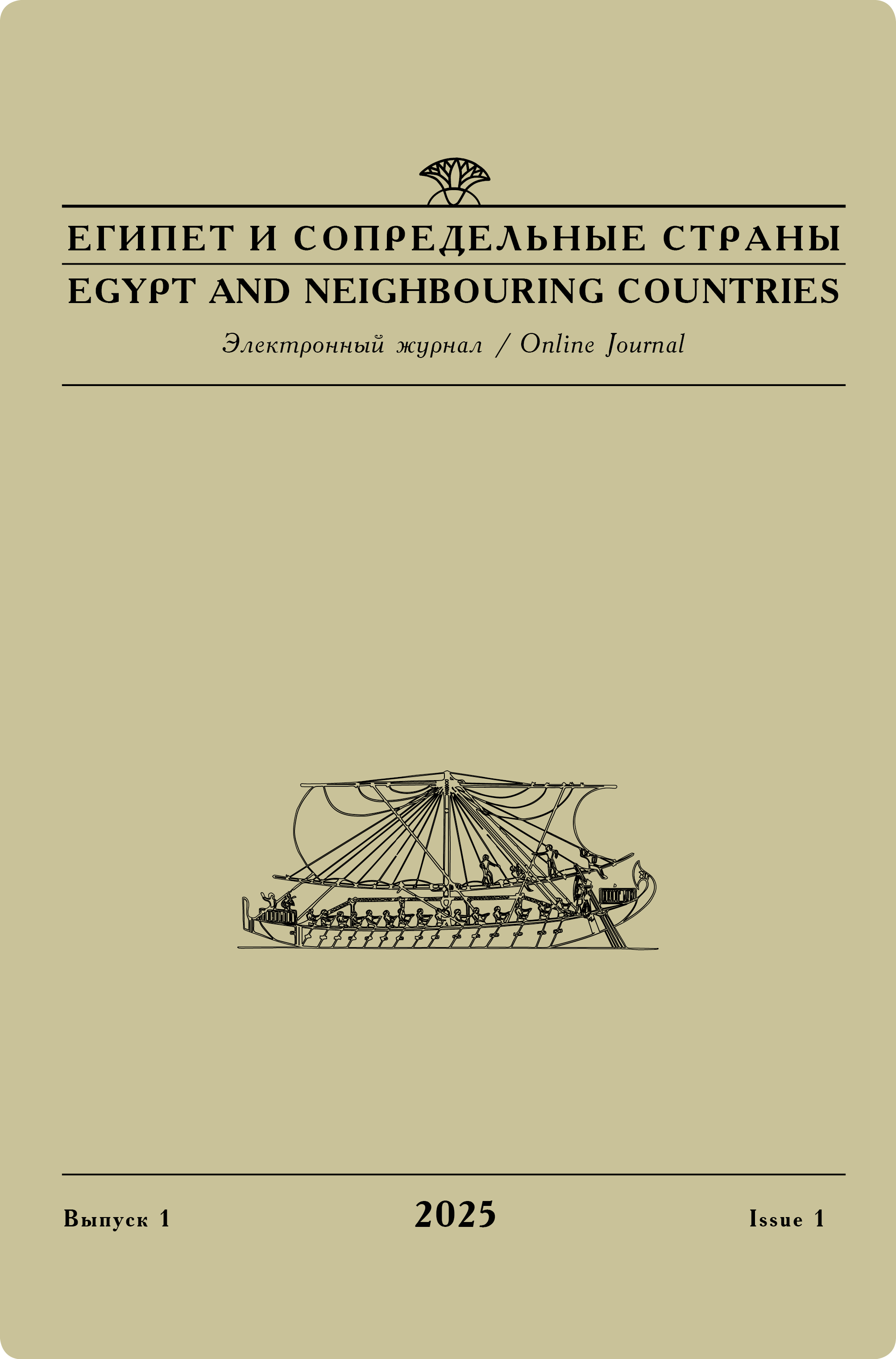Issue 1, 2020
V. I. Yarmolovich
Okruglye svetloglinianye gorshki VI–IV vv. do n. e. iz Memfisa (Egipet): morfologiia, datirovka i areal [Rounded pots of 6th–4th c. BCE from Memphis (Egypt): morphology, dating and distribution]
The author analyses new pottery material from excavations of the Centre for Egyptological Studies of the Russian Academy of Sciences at Memphis (Egypt) where the clay vessels with short necks and sloping shoulders were found. The same morphological features are demonstrated by vessels from other excavations on Egypt’s territory. Analysis of the features allows the author to distinguish three subtypes and nine variants of this shape. The vessels were produced using Egyptian clays (Nile silt, marl and mixed fabrics; the catalogue of the clays of Memphite vessels is presented in the end of this paper). Such shape is spread on the territory of Lower Egypt and Northern Sinai. The shape is dated to the 6th–4th c. BCE. These vessels were used as table ware as well as during the embalming and funerary rituals.
Keywords:
Ancient Egyptian pottery, pottery, Memphis, Saqqara, Giza, Late period, Achaemenids in Egypt.
Original language — Russian.
DOI: 10.24411/2686-9276-2020-00005.
Referring: Yarmolovich V. I. Rounded pots of 6th–4th c. BCE from Memphis (Egypt): morphology, dating and distribution [in Russian] // Egypt and neighbouring countries 1 (2020): 69–93. DOI: 10.24411/2686-9276-2020-00005.
Read full article




